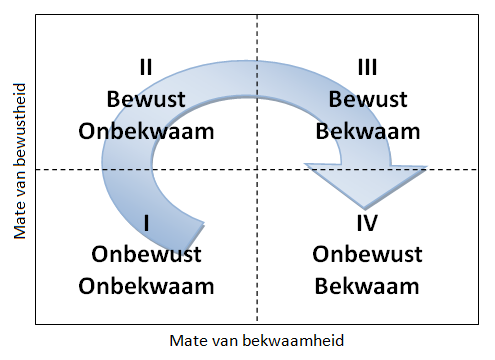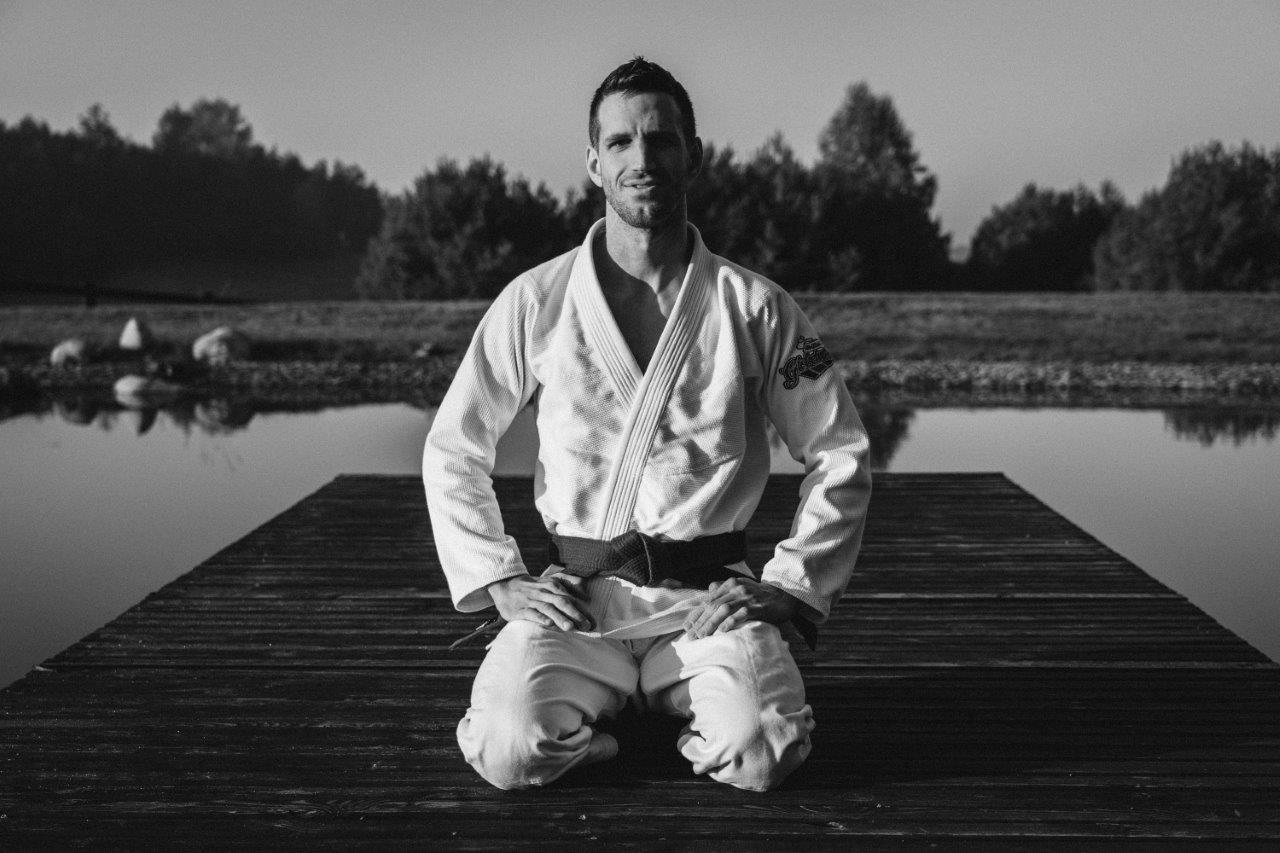The Phases of Kata Study
Blog by Sebastiaan Fransen, 5th dan Judo
https://www.spfransen.nl/de-fasen-van-katastudie/
A well-known model frequently used in coaching is the model of consciousness and competence. This model distinguishes four phases involved in acquiring new skills. The study of kata can be effectively described using this model. It provides an explanation as to why studying kata can feel amazing one moment and disappointing the next. The model consists of the following four phases:
Phase I – Unconscious / Incompetent
When you start practicing judo, you probably know nothing about kata, but sooner or later you’ll encounter it. Perhaps you stumble upon a video on YouTube, delve into the grading requirements for your next belt, or see someone else training kata. This sparks an interest in studying kata. You become aware of the existence of kata and decide to start exploring it. Ideally, this decision arises from intrinsic interest, though external motivations (such as achieving a higher rank) may also play a role. Your journey towards Phase II has begun.
However, sometimes awareness doesn’t occur, and you remain stuck in the first phase. Possible reasons include not recognizing the value of kata training, having a teacher unfamiliar with kata, or believing you already know everything about judo. Fortunately, there are people who help raise awareness by providing a mirror to reflect your limitations.
You might also deliberately avoid moving to Phase II because you’re afraid to step outside your comfort zone. You must be willing to confront your lack of knowledge or incompetence in performing kata. However, if you are sufficiently motivated, you’ll overcome these hurdles rather than reverting to old habits.
Phase II – Conscious / Incompetent
Awareness has now occurred that you lack certain skills. You have found a teacher and a partner for kata study. Significant practice is needed to learn these new skills, which can be confronting. The uchi-mata throw that works effortlessly during randori may suddenly seem challenging in nage-no-kata. In kime-no-kata, you now must execute and evade strikes. You might repeatedly make the same mistakes and still consciously think through every step. Additionally, you may feel awkward when learning new movements or performing familiar techniques differently.
Some people may look for excuses to avoid taking responsibility for their struggles, blaming their teacher (“every instructor explains it differently”) or partner (“I can’t find a good partner”). However, by taking responsibility for your own development and persisting with your studies, you will gradually internalize the kata.
Phase III – Conscious / Competent
This phase is often the most enjoyable, as you become aware of your progress and competence. You find yourself thinking less and less about how to perform the kata. The underlying principles of the kata slowly become clear. You are aware that your performance of the kata is improving, which creates a sense of achievement. Gradually, you make subtle improvements, making the kata increasingly a personal expression.
Phase IV – Unconscious / Competent
In this final phase, you are no longer conscious of your competence. The kata has become part of you; you embody the kata. It no longer feels like a series of learned steps; instead, it feels as though you’ve created the kata yourself. All movements feel logical and natural. You no longer consciously think about the execution of each action. In Japanese, this state is referred to as muga-mushin (無我無心), translated as “no ego, no thoughts.” Your attention is fully focused on the present moment, unaffected by distracting thoughts. Additionally, riai (理合) is an important concept in budo. It means applying the underlying principles of the kata in harmony with your partner rather than merely executing separate techniques.
Of course, these phases are not completed just once; you continuously cycle through them. Each time you study kata, you can become aware of new details worthy of deeper exploration. For each detail, you will return from Phase I to Phase II. It’s an ongoing cycle where you repeatedly peel back layers of the kata, reaching deeper insights into its essence and yourself. This continuous exploration ensures a lifetime of enjoyment in kata study.

